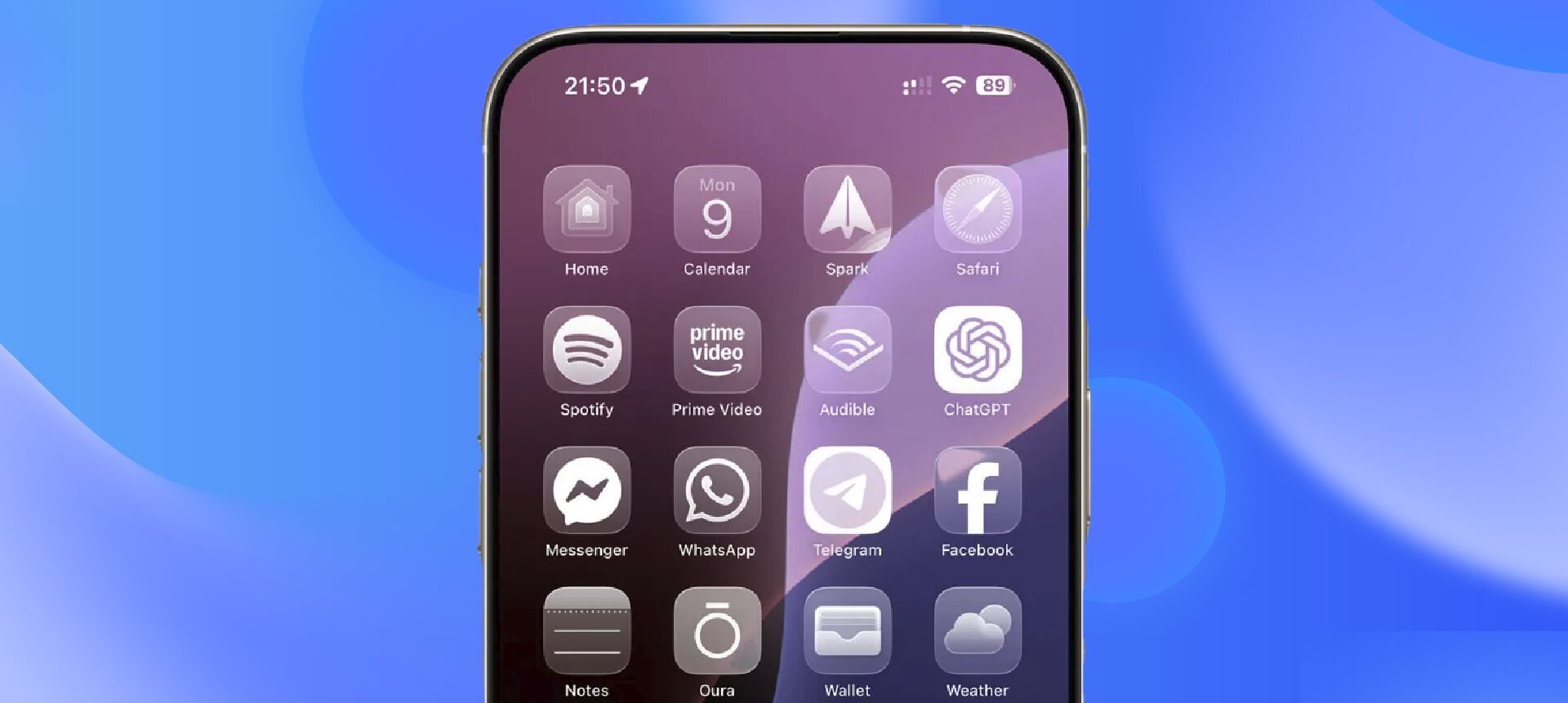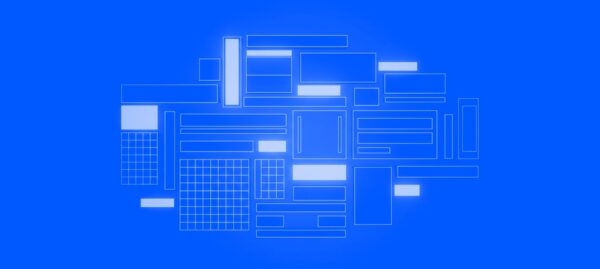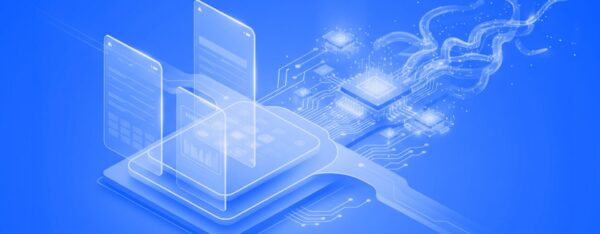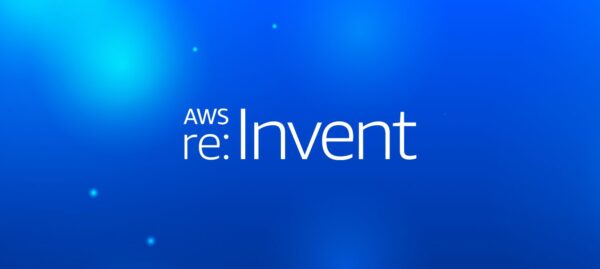Unstyled Components: A Must for Modern Web Applications
Jonathan Felipe de Oliveira | Dec 23, 2025

The mobile software development landscape is defined by constant evolution, where the pursuit of operational efficiency through hybrid frameworks like React Native and Flutter must be continuously weighed against delivering a user experience that meets increasingly sophisticated market expectations.
The announcement of iOS 26 and, in particular, its new design language and rendering engine, “Liquid Glass“, represents a significant turning point in this dynamic.
For development teams using hybrid technologies, understanding the nuances of this change is not merely an academic exercise but a strategic necessity to guide technical decisions, resource allocation, and the future of the product portfolio.
This article proposes an impartial analysis of the challenges and opportunities that iOS 26 and Liquid Glass present for the React Native and Flutter ecosystems, based on available technical information. The goal is to provide a balanced view that transcends initial enthusiasm and delves into the practical implications for development teams.
To assess the impact, it is crucial to understand that Liquid Glass is not merely a set of new visual components. It represents a fundamental shift in Apple’s design philosophy, moving away from static elements in favor of a fluid interface that is based on physics and deeply integrated into the operating system.
Technical demonstrations reveal that Liquid Glass introduces properties such as transparency, viscosity, and refraction, which respond dynamically to user interaction and device context. Content flows from one edge of the screen to the other, creating a sense of immersion.
More importantly, Apple plans to offer end-users the ability to adjust these attributes, such as transparency and viscosity levels. This means that an application’s appearance may subtly vary from user to user, based on their personal accessibility and aesthetic preferences
This new approach presents a fundamental challenge for any non-native technology: how to replicate an experience that is not only visually complex but also customizable at the operating system level?
For Flutter, whose main value proposition lies in its total control over every pixel of the screen through the Skia graphics engine, Liquid Glass presents a complex dilemma. Flutter’s strength — its independence from the underlying platform — becomes its greatest challenge.
Since Flutter does not use native iOS UI components, the responsibility of replicating the appearance and behavior of Liquid Glass falls entirely on the Flutter team and the developer community.
This involves not only recreating the visual aesthetics but also the physics, user experience (UX), and the sophisticated shaders that make up the effect. It is a task of reverse engineering and re-implementation on a massive scale.
The growing divergence between design languages — with Google’s Material 3 Expressive for Android and now Liquid Glass for iOS — intensifies this challenge. Maintaining visual and behavioral parity across both platforms will require considerable development effort, potentially forcing the Flutter team to restructure how its UI layer is implemented.
However, the Flutter community argues that this flexibility is, in fact, an advantage. Large companies choose Flutter for their apps precisely to build customized design systems that reinforce their brand identity, rather than strictly adhering to platform guidelines.
From a technical perspective, the Liquid Glass effect is, in essence, a shader. Flutter, with its low-level access to the GPU, is well-positioned to implement custom shaders.
There are already examples in the community that replicate glass and blur effects, suggesting that Liquid Glass implementation is technically feasible. The question is not “if” Flutter can replicate it, but rather the cost, fidelity, and maintainability of that replication.
In contrast, React Native adopts a different philosophy. Its architecture is designed to act as a bridge to the platform’s native UI components. This approach, which is sometimes seen as a limitation, positions React Native advantageously to adapt to Liquid Glass.
For a React Native application to adopt the new aesthetic, the main work lies not in recreation but in integration. As soon as Apple releases the updated iOS 26 SDK, the React Native community can create “wrappers” or “bindings” for the new native Liquid Glass components.
Demonstration videos already show the relative ease with which developers can integrate the new Liquid Glass navigation bar into an existing React Native application. The process largely involves updating dependencies and using the new components as a native developer would.
This approach inherently ensures that the application directly benefits from the performance optimizations, system updates, and accessibility settings that Apple implements at the hardware and operating system level. The application is not imitating native behavior; it is native in its presentation layer.
This mitigates the risk of visual and behavioral inconsistencies, a point that critics frequently raise against Flutter applications on iOS, where small details like padding and dialogues can, at times, diverge from the native experience
Given this scenario, the decision of which technology to use or how to adapt existing teams becomes more nuanced. Engineering leadership should consider the following points:
iOS 26 and Liquid Glass do not decree the end of hybrid development. Instead, they accelerate a trend of specialization. The choice between Flutter and React Native becomes less ideological and more pragmatic, based on a clear alignment between product objectives and the architectural strengths of each framework.
For companies, the way forward requires a reassessment of their product portfolios and an honest analysis of where app design and user experience act as a fundamental competitive differentiator.
The future will not belong to a single framework, but to development teams that know how to choose the right tool for the right job, always maintaining focus on delivering tangible and lasting value to their users. The new frontier of the user interface is fluid, and the ability to navigate this fluidity with strategy and technical precision will define tomorrow’s app market leaders.

Caio Luz is an Engineering Manager with over 15 years of extensive experience in software development. Starting his career with native Android development, Caio quickly expanded his expertise across various platforms, including iOS, Java, .NET, and Kotlin Multiplatform (KMP). Throughout his professional journey, Caio has embraced roles of increasing responsibility, transitioning smoothly from technical leadership to strategic management. His strong technical background combined with a passion for team development positions him uniquely to foster growth and innovation within teams.


